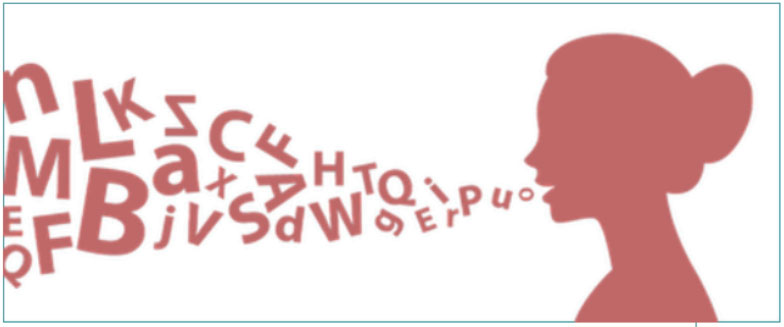Blog
Reducing Avoidance Behaviors
What is it?
Avoidance behaviors are commonly seen in people who stutter and are any behavior that a person uses to prevent a stuttering event from happening.

What are common types of avoidance behaviors?
Though each individual is different, common behaviors include eye blinking, leaning forward, substituting words the individual has difficulty producing fluently, vocal and/or non-vocal pauses, fear of social/communicative situations, and complete refusal to speak.
What is the purpose of reducing avoidance behaviors?
Reducing avoidance behaviors focuses on desensitizing and reducing reactions to stuttering. The goal of using Avoidance Reduction Therapy (ARTS) is to help the person who stutters become more comfortable in conversation and increase self-acceptance while also working on decreasing behaviors used to purposely avoid stuttering.
Who can benefit?
Individuals who stutter and use avoidance techniques who are in grades Kindergarten-12 as well as adults can benefit from the reduction of avoidance behaviors.
How to effectively reduce avoidance behaviors:
-
Identification and Monitoring: To help stop using avoidance behaviors, the person who stutters first has to know what avoidance behaviors they are using. Once they have identified the behaviors they can monitor their use of them and therefore use them less.
-
Open Stuttering: This is stuttering without trying to use an escape, or avoidance, behavior. It is best to start practicing open stuttering in situations where the fear of stuttering is lower.
-
Desensitizing and Reframing: To help accept the stutter, this part of therapy is used to reframe feelings and thoughts to be positive which can be done by planning and participating in situations where shame will likely be felt. Gradual exposure to this can help to reduce negative reactions and help to stutter more openly.
-
Self-acceptance and Self-advocacy: By reducing efforts to have fluent speech and accepting and valuing the ability to be able to say what they want, regardless of their stutter. Self advocacy helps to allow a person to feel like they can stutter and it gives the listener a more positive view of how a person who stutters feels about their disfluency.
– Marykate K.




